Green openwork foliage, which for autumn acquires a golden-copper shade, hanging down thin elegant branches and a snow-white birch trunk with many Russian poets and artists.Nonethelesse, not every gardener plans to land birch on its plot, given the sufficient impressive dimensions of the adult tree and its branched root system, absorbing a large amount of moisture and nutrients. A high splashing tree is infrinning nearby other plants, including fruit cultures.
but To date, there are many varieties and varieties of a low-grade birch mobble with a compact crown and, accordingly, a limited root system.
Such dwarf shapes of birch look spectacularly and attractive, they are ideal for small kindergartens, mixboraders or alpinarians. It turns out, to grow and even independently form the crown of such a tree will be able to anyone. All features of the cultivation of birch paych are in this selection of material.
Watching Birch, Botanical Description
Weaving birch in Botanic actually has a different name. The official classification of plants determines this type of the total birch birch of the birch family, like "Birch Hang". However, other names were traveled in the people: Bearded birch, white birch curly, birch birch and, of course, wearing birch.
All the names of this type of birch are absolutely true, as they reflect the morphological features of this extraordinarily beautiful, original Russian plant.
Consider the description of the birch by a white wobby curly:
- Weeping birch is widespread in regions with temperate climates (in Europe, Central Asia, and even in North Africa). Naturally, the perennial is the usual inhabitant of immense Russia, from the tundra zone to steppes. In a natural medium, light-loving birch grows in open areas: edges, glades.
- This type of birch under favorable conditions reaches a height of 20-30 meters, up to 10 m in the diameter of the crown and about 70-80 cm on the diameter of the barrel.
- The root birch rope system is well developed, it is not deep from the surface. This can lead to the fact that during strong hurricane winds, the tree turns out of the ground along with the root. In addition, there are cases when the close occurrence of the roots of the birch provoked the raising of the road surface.
- The bark of young seedlings first has a brown shade, but with age (after 7-10 years) begins to be characteristic of white. It is the white color of the bark with black sites is a distinctive feature of the whole birch. For old bark trees, the bark is drawn and cracks.
- Birch branch browned colors are covered with numerous warts - resinous glands. That is why this species is often called: birch molding or wart. Young shoots of the tree are hanging down, giving the tree a very attractive appearance of a flowing green "waterfall" (hence the name "Birch Hand"). Crown is well branched, not thickened.
- The kidneys in a plant of a pointed shape, sticky to the touch, covered with small scales.
- Smooth green leaves have an alternate arrangement and an elongated triangular-ovoid shape with a tooth along the edges. Young, lightweight birch leaf sticks. Fall plant plant.
- Flowers in the plant are inexperial, small, collected in the inflorescences of the "Earrings" inflorescences. Inflorescences bloom at the ends of the branches before the appearance (or at the same time) leaves, usually in April.
- Fruit is possible only in adults (more than 10 years) birch copies. Fruits are represented by small nuts with wings, allowing the fall of the plant seeds in the fall on distant distances.
Planting Birch, Plant Application
Birch wrapper has a fairly wide scope of application.
- Watching birch is indispensable in landscape design. The touching beauty of hanging down the branches is undoubtedly a high aesthetic value. No wonder the mention of the birch wrestling, the symbol of the Motherland, often you can meet in literary works and songs.
- Birch molds are used when landscaping gardening and park areas, in urban plantings, alleys, in reservoirs and places of recreation. If we plant a tree near the house, it is possible to spend time in the summer heat under its openwork crown.
- The plant has an important meaning in the process of preservation of forests (for example, after cutting or natural disasters, fires). Seeds are easily and rapidly spread by the wind on distant distances, thus looking at new squares. In addition, it is the planting birch that allows you to restore the valuable indigenous species of trees.
- Flexible branches are used for the manufacture of broom and bath brooms.
- Dense flexible wood birch has a beautiful pattern and is a raw material for the manufacture of plywood, skis, furniture, etc.
- Various products from bark (berst) birch products are very popular. Many souvenir products are made of it: cores, baskets, solonks, buckets, etc. Such decor and consumer items have long retain their original form due to the fact that berson is impregnated with phenols that prevent rotting processes. Beresto is also used to obtain a fly (which, for example, impregnate leather shoes and add as one of the ingredients in the manufacture of Mazi Vishnevsky).
- Birch kidneys - useful material in cosmetology for obtaining creams and other cosmetics. And the exhaust from the kidneys, on the basis of which concentrated essential oil is obtained, used in the production of liquor-vodka products.
- Birch leaves and kidneys are indispensable in folk medicine as an efficient diuretic, choleretic, bactericidal, catholic, wound-healing and anti-inflammatory agent. For the treatment of a variety of diseases, decoctions, infusions, ointments, birch renal baths are used. Naturally, any drugs, including folk remedies, can only be used after consulting a doctor.
- Birch juice - longtime useful and refreshing drink containing calcium, iron, potassium salts, organic acids and valuable microelements for the body. The use of juice is not only a constructive character, but also shown in diseases of angina, furunculosis, anemia, long non-healing wounds or ulcers.
Watching birch, interesting facts
- Ancient Slavs started a year not in winter, but in the spring, with a tree-symbol was not a spruce, but birch. The beginning of agricultural work was also associated with birch, namely, with the period of its dissolution, so this month was called Berezol. Slavs recognized a tree as an original Russian symbol of purity and femininity.
- The growth rate of the tree is fast enough, although they are removed and slowly growing shapes of trees. The average age of birch wrappers is about 120 years. The annual growth of the plant is no more than 50 cm in height and 30-40 cm in width.
- You can land on the site any natural variety of birch, and you can form a birch wrapper in your own hands. With the help of vaccination, you can achieve stunning results: make a multi-tiered "fountain" of hanging shoots, a low-spirited tree or to connect two plants in one (for example, Wav with birch). How to grow a birch molding on the strain, read in the section "The reproduction of the birch wrapper".
Watching birch, varieties and varieties
The birch family includes more than 100 species that differ in sizes and morphological features.
As for the specific type of birch of the wobby (warthog), there are many decorative forms and cultivators. Consider the most popular varieties and varieties of garden-park forms of the birch of wipers.
- Birch wrapped "Dalecarlica" ("Dalacarly"), a rare decorative variety, characterized by strongly dissected openwork leaves.
- Birch by wrapped "Laciniata" Also characterized by deeply cut leaves.
- Birch wrapped "Purpurea" It is distinguished by purple coloring leaves in the spring, bronze - in the summer and copper-orange - at the autumn time. Thanks to such a paint palette, this type of birch is considered one of the most popular and sought-after. The branches also differ in color from the usual types of birch and have a dark purple shade. Along with such bright colors, the tree bark is not inherent in the characteristic "birch whiteness", it looks like an ordinary and unpretentious, gray-brown shade. In height, an adult plant reaches about 10 m, in the diameter of the crown - up to 4 meters.
- Birch by wrapped "Trost's Dwarf"- Dwarf form is represented by a compact shrub of a rounded shape, growing no more than 1-1.2 meters in height. Leaves of light green color, strongly dissected, about 5 cm long, grow on short shoots, forming decorative deciduous "balls".
- Birch by wrapped "Youngii" (UNGI) is represented by small dwarfish slow-growing trees that have practically no main trunk and a beautiful molding umbrella shape of crowns with diluing branches is formed. The height of the adult trees reaches about 5-6 meters. It looks spectacularly "Jung" in the compositions with coniferous trees, while it is not recommended to plant them next to the fruit crops, since the birch will restrain them.
- Birch by wrapped "Gracilis" It is distinguished by a mold of a shape of the crown with small, but deeply dissected leaves.
- Birch by wrapped "Fastigiata" It has a low, narrowopyramidal, colonum-shaped crown, which with age slightly expands to the top. Branches grow up from the base of the trunk.
- Famous grade "Obelisk" - low shape, popular in mini-gardens.
- Birch wrapped "TRISTIS" Keeps the primacy of the central trunk, from which the subtle "breaking" branches hang out, forming a narrow compact and slightly rounded crown.
Photo: Birch by molding "Jung"
Thus, a wide variety of diversity of birch of wipes allows you to make a choice when planting a tree. If the area of \u200b\u200bthe site allows you to plant large trees with a spreaded crown, choose the corresponding varieties of spectacular perennial. If the plot is small, but really want to have "beauty-birch", dwarf varieties of birch come to the rescue, which look no less attractive and colorful.
Planting birch wrappers
Any varieties and varieties of birch wrestins can be bought in a botanical nursery or a garden store, including the Internet network. As a last resort, the young birch birch tree can just dig in the forest.
Birch saplings are best planted at a permanent place aged from about 3 to 6-7 years. More adult copies will be worse to adapt and take up in a new place. As for any plant, a rule is valid for birch: the younger seedlings, the more successful there will be their survival rate.
Under the birch, any decorative plants will grow badly, given the surface location of its root system. Yes, and birch itself is very sensitive to planting her priority circle.
Consider the necessary conditions, time and agrotechnik landing birch seedlings into open ground.
Conditions for planting birch glasses
- Looking out seedlings (as well as seeds) of the birch of birch in spring or autumn. Spring landing is planned after a period of possible return freezers, autumn - a few weeks before the beginning of the first frost. Even winter landing plant, adults (over 7 years old) birch trees with frozen lore land is practiced. Experienced gardeners prefer all the same autumn timing of birch birch, as more successful and providing better adaptation and survival rate. If the planting is carried out in the spring, it is worth picking up young (about 3 years) seedlings with the maximum earthy room.
- The light-affilome view of the birch wrap, as opposed to, for example, a fluffy birch, prefers open solar sections. This factor is important to provide for planting the plant so that the tree is not in the shadow of any structure or under the crown of many years of old trees. Strong shading negatively affects the development of many years of culture: growth slows down, the amount of green mass decreases, the crown is deformed.
- As for the soil, birch is not too demanding and grows almost on any types of soil. However, the perennial is favorably responded to well-drained, loose, fertile soil with a weakly acidic reaction of the medium. The optimal option is considered sues and loams, underlayed by carbonate soil. Poor reacts the plant for too compacted and low-speed soil.
- Birch negatively tolerates the close occurrence of groundwater, which is important to consider when choosing a place to land a long-term tree. Wetlands or terrain with frequent water stoles are also not suitable for planting birch.
Agrotechnology planting birch wrappers
- For planting a birch seedling, the landing pit is prepared in proportion to the size of the root system of the tree (or the size of the existing earth coma). Naturally, the pit should be 2 times wider and deeper the "root ball" of a young tree.
- At the bottom of the landing pit, it is necessary to pour a drainage layer of rubble, clay or broken brick that prestitutes of water.
- Following the fertile leaf and turf, mixed with sand and humus.
- Good results also gives the additive to the root zone of plants of the plants of mycorrhisian mushrooms (stabberry, grounding, white mushroom, etc.), forming useful symbiosis with birch. The underground network of mycorrhiza helps birch roots to absorb all the necessary nutrients as much as possible. In fact, the gifs of mushrooms serve for a tree to continue their roots in the form of thin root hairs.
- After all the preparatory work, birch saplings are vertically exposed to the landing jam, straighten the roots (in the case of an open root system) and fall asleep with soil, periodically sealing it with its foot to avoid the occurrence of unwanted voids. The root neck of the plant during landing is not plugged into the soil, it should be located at the ground level.
- It is recommended to install a support in the form of wooden stakes or metal rods at the same time with the birch seedlings. Then the planted seedlock is immediately tied up to the support, thereby providing its vertical stable position. After 1-2 years, when the tree is finally strengthened, the support can be removed.
- After planting around the tree, a rolling circle form (with low soil sides) and abundantly watered with a tree-planted water.
- In order to avoid drying the soil, the rolling circle can be immediately littered with chips, finely fractional bark or a compost from the leaves.
- If several birch seedlings are planted, it is necessary to observe the sufficient interval (about 4 m) between plants, allowing not to "infringe upon" each other.
- From the experience of gardeners, birch is characterized by excellent survival and fairly rapid growth rate. Naturally, seedlings with a closed root system (in a pot or container) have almost 100% survival rate, while trees with an open root system are subject to a number of unfavorable factors: drying, damage, rotting.
Birch Ploiver Care
The view of the birch of the wobby is absolutely not demanding to special care conditions and needs only elementary agrotechnical techniques. Watering, feeding and pruning are the main activities that occur in the process of plant cultivation.
Birch is growing well in the contaminated industrial conditions of the city. In addition, the tree is distinguished by high frost resistance and does not need shelter for the winter. The only thing that will be needed in the winter leaving of the birch is the protection of the tree bark from possible rodents. For this tree, the trunk of the tree is wrapped with burlap or set the grids at a distance of 5-6 cm from the tree trunk.
Consider the remaining rules for the care of birch wreling.
Watering birch wrappers
- Birch molding quite well tolerate short-term drought periods.
- The only exception is the period after planting seedlings when the process of rooting the plant is underway. At this time, it is important to regularly moisten the ground around the young rapid tree for at least the week.
- In the summer hot period, an adult tree consumes about 2 buckets of water per day. Watering the plant should be no more often 1-2 times a week. Stagnation of moisture provokes rotting of the root tree of the tree.
- When leaving a long-term wood culture, it is not worth a mooring soil, so to allow its frequent breathing.
- Such a technique, as mulching, will help to keep the wet soil microclimate longer and will fight from germination of weed grass. The mulch layer should be a thickness of about 10 cm.
- After irrigations, the soil should be loosened (in the absence of mulch), but not deeper 3 cm so as not to damage closely located roots.
- At the end of summer, watering is completely stopped, thus preparing a tree to the upcoming wintering.
Making fertilizers and feeding of birch paych
- Beard birch does not need frequent feeding. It is enough to make fertilizers 1-2 times a year to ensure the plant with all the necessary nutrients. The feeders are carried out in spring, at the beginning of the vegetative season, and in the middle of the summer, during the period of active growth.
- As feeding, you can use such a nitrogen-containing nutritional mixture: in half a bucket of water to dissolve 1 kg of cowboy, 15-20 g of urea and as much ammonium nitrate.
- The feeding should always be combined with watering.
- In the fall, feeding of such mineral fertilizers like nitroammophos. The preparation (20 g) is diluted in 10 liters of water. Such a dose will be quite one birch tree.
Crunching birch wrappers
- Trimming birch trees are in early spring, before the start of the downwardness. Some gardeners do it even at the end of winter. If you start cropping later, there will be drops of juice drops that attract insects that can spread any disease.
- During trimming tools, it is advisable to sterilize with alcohol, thereby ensuring the purity and safety of the procedure.
- During the "haircuts", thickened, damaged, sore branches are removed, as well as shoots located above nodes or side shoots. Pruning allows you to stimulate the growth of the side branches.
- You can not cut more than 25% of the tree crown so that the plant does not weaken and died.
Fighting diseases and pests of birch paych
- On the trunk of Birch can parasitize the mushroom-droverik, which must be completely removed to avoid damage to the wood.
- The roots of the birch of wipers may suffer from the larvae of the May beetle parasitic in the surface layer of the soil. In this case, pests are destroyed in the process of dumping soil, as well as shed a rolling circle of chemicals.
- When attacking the plant of the caterpillars, which eat birch leaves, leaving some veins, the pests shake and destroy, and the tree spray insecticidal mortar.
- Green mass of plants can damage the beetles - tubing. At the first signs of the appearance of pests, the affected foliage is broken and burning, and if the invasion of the beetles is massive - all wood is treated with pesticides.
- When such a disease appears as rust, you will need any copper-containing fungicidal drug (for example, 0.4% chlorine copper oxide).
The reproduction of birch paych
The reproduction of this type of birch is possible by sowing seeds, the vaccination of the cuttings and the transplantation of the root row.
Breeding birch seeds
- It is important to remember that the reproduction of seeds is possible only in adult trees, over 10 years old. Moreover, in the conditions of the forest, if the earth is covered with moss, this method of reproduction will be practically impossible, as the seeds will not be able to gentle in the ground. But in conditions of open soil sites, this method is quite productive.
- This method is long and time consuming. Birch seeds ripen in inflorescences - "Earrings". Fully rided seeds determine the appearance of inflorescences. As soon as they become friable, dark brown (brown) colors - seeds are ready to collect. In addition, birch is perfectly multiplied by self-sowing.
- Collected seeds in the case of spring landing are subject to 2 months of stratification at temperatures from 0 to +5 0C (this condition can be observed when sowing seeds in a cold greenhouse). When sowing seeds in autumn, stratification is not needed.
- For a long time to store birch seeds there is no need, as they quickly lose their germination.
- When landing, the seeds are practically not plugged into the ground, but only a slightly sprinkle with a loose soil mixture. Landings provide regular watering from watering and removal of weeds.
Breeding birch pire
- Birch Watching gives root stroke, which can be used to grow new copies. It is possible to form a multi-shaped plant form.
- This method of reproduction is more applicable to young birch copies, because the older the tree becomes - the less it forms the pores. Although, often, even the stump of birch can develop root piglets.
- The separation and transplantation of root slips are usually carried out in the fall.
Birch Birch Brewery Reproduction
- The most decorative forms of birch of white wooch or curly can be multiplied by the vitigation of the cuttings of a tree of a tree. Form of the crown and the height of the future birch depends on the place of vaccination.
- As a rule, the vaccination allows you to get dwarf birch forms with the original crown.
- It is often practiced by the impulse of the birch of the birch of Ivale, when the cuttings of the willows "combine" with branches (or bark) of birch, receiving a bizarre decorative shape of the trees. The procedure is carried out early in spring when the cuttings of the willows are still in the state of rest, and the birch tree is already exposed to the active internal process of the propagation.
- The height of the strain is determined by the vaccination location. At the same time, the thickness of the joint and the seizible shoots should coincide to provide the plant better survival rate.
- The vaccination bog is tied with a cloth, and in the case of upcoming frosts, it is additionally insulated with any observer material.
- Approximately by the middle of the summer, grafted cuttings are completely coming up on a new tree.
The reproduction of the birch of weekechs by pavement is theoretically possible, but it is practically no applied, since the cuttings are badly joining.
Thus, birch is molding - disposable and hardy culture capable of decorating any garden and park area or a household plot. Anyone can grow a perennial, even a novice gardener. Weeping birch is characterized by good accessibility practically in any conditions.

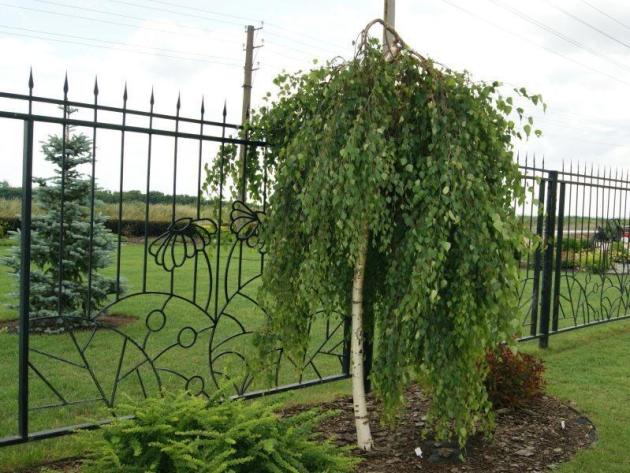
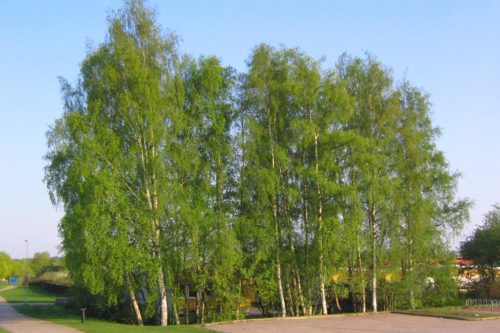


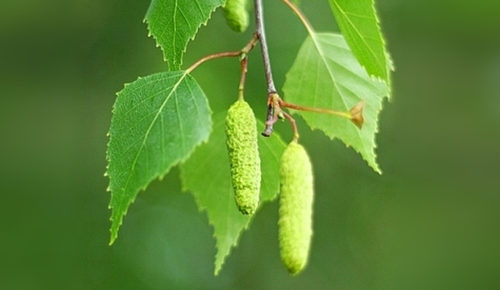
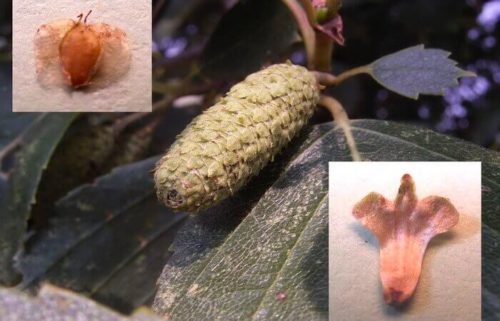
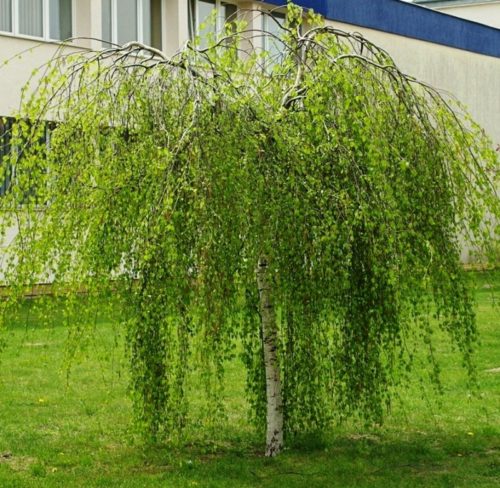
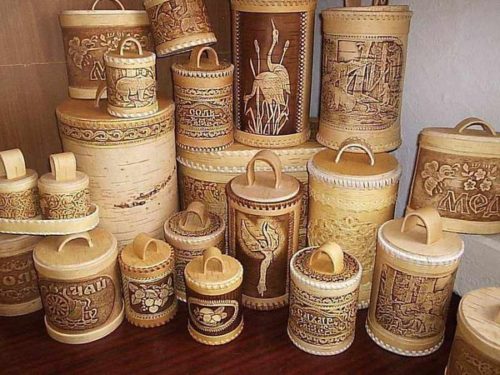
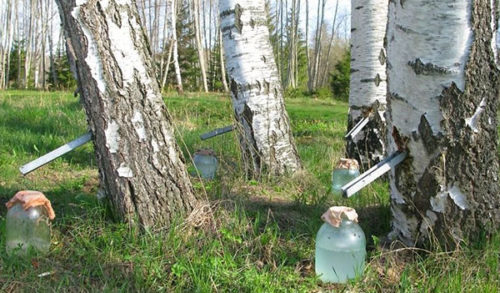
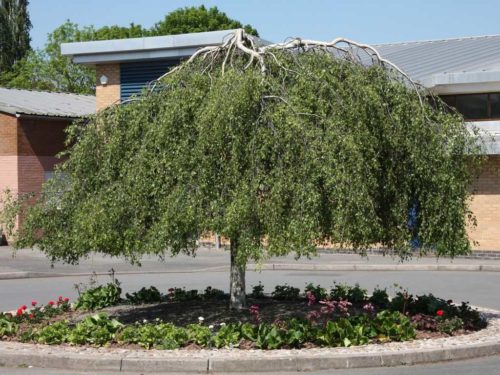
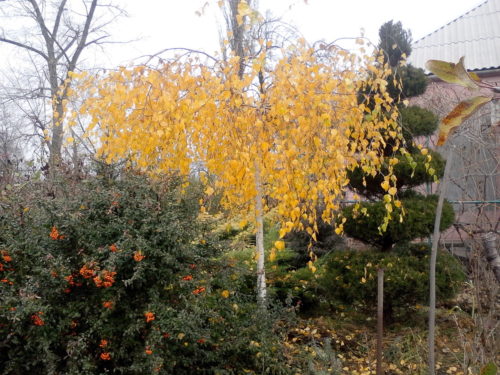
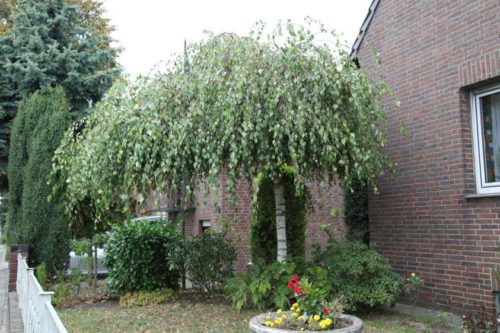
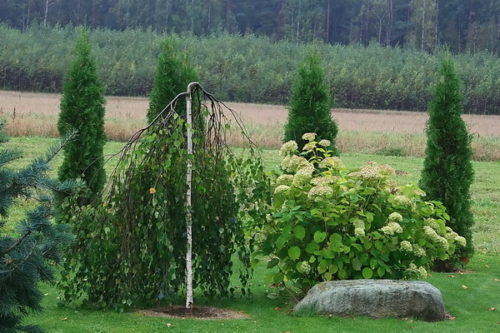
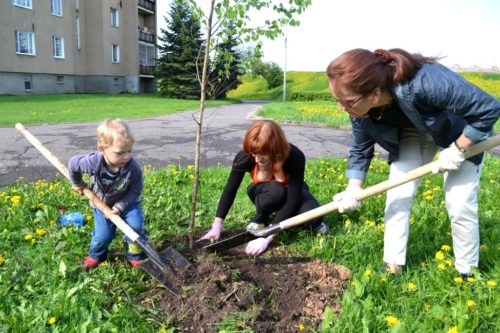
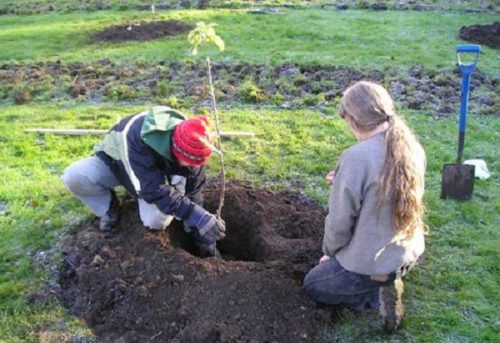
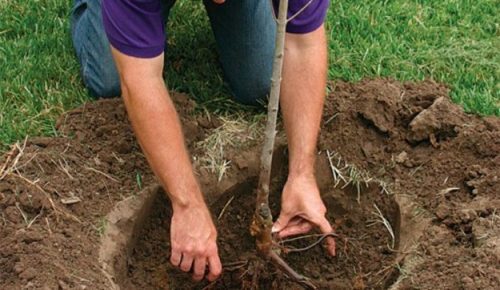
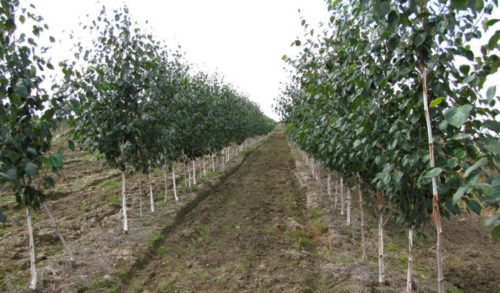
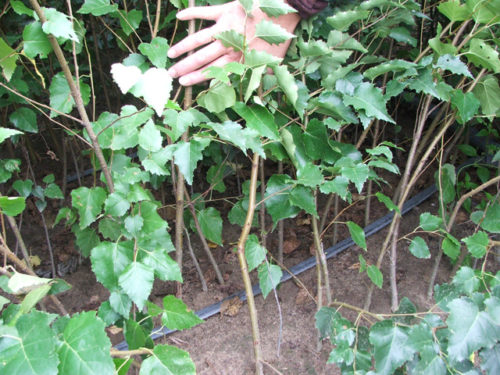
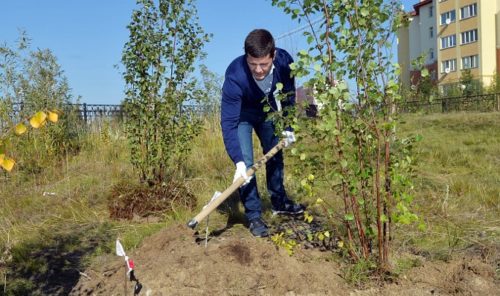
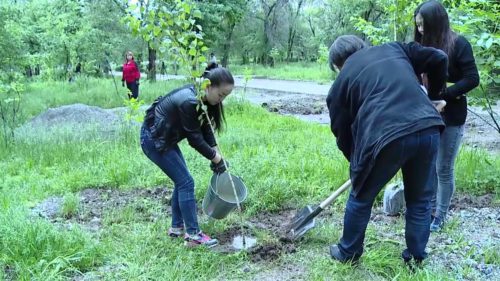
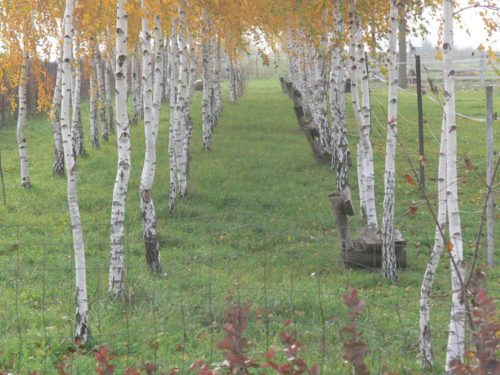
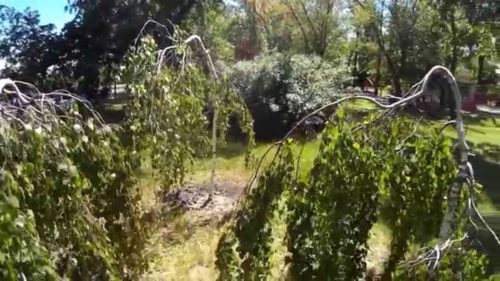
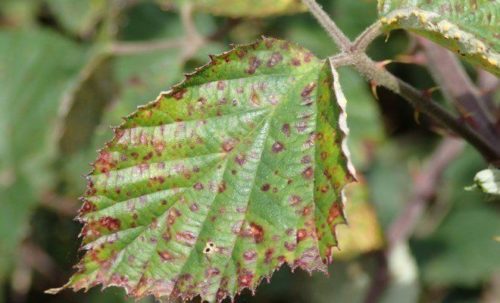
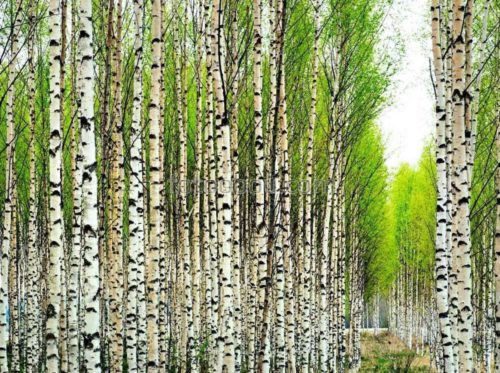
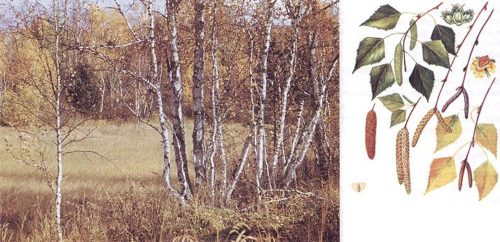
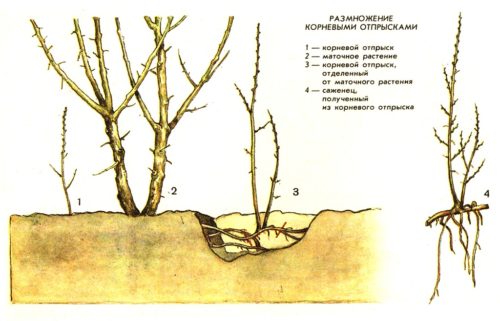
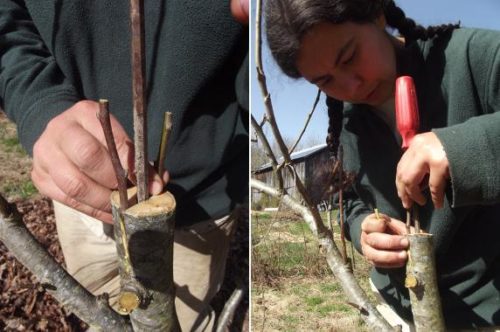

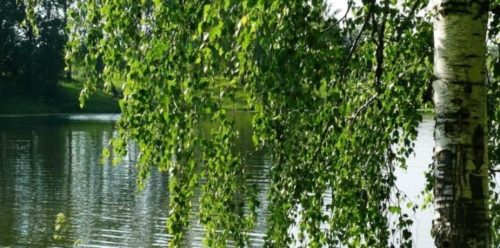












 Start a discussion ...
Start a discussion ...